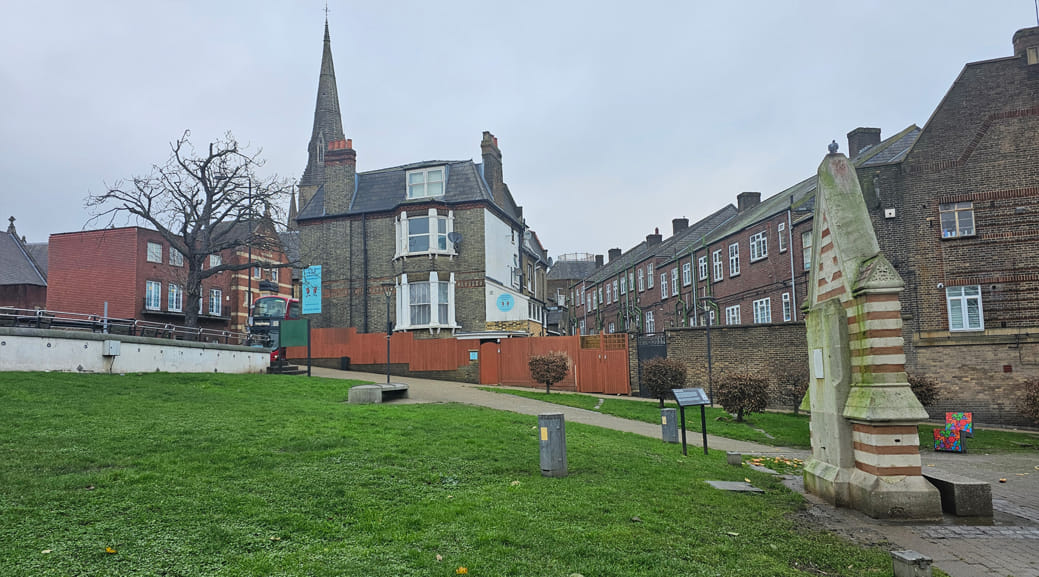Comprehensive Guide to Building Regulations in Wandsworth Streatham Park: Ensuring Compliance and Safety
When undertaking any construction or renovation project in Wandsworth’s Streatham Park area, understanding and adhering to building regulations is paramount. These regulations are designed to ensure that all construction work meets essential safety, health, and environmental standards. This in-depth guide explores the intricacies of building regulations in Streatham Park, offering valuable insights into how to navigate the regulatory landscape effectively.
1. The Essence of Building Regulations
Building regulations are legal standards that govern the design, construction, and alteration of buildings. Their primary purpose is to ensure that structures are safe, accessible, and energy-efficient. In Streatham Park, as in other areas, these regulations are enforced by local authorities to guarantee that all new builds, extensions, and renovations comply with both national standards and specific local requirements.
2. Core Elements of Building Regulations in Streatham Park
Structural Integrity
The backbone of building regulations is structural integrity. This involves ensuring that a building can withstand various physical forces, including its own weight, wind, and seismic activity. For projects in Streatham Park, this means that every new structure or modification must be meticulously designed and built to endure these stresses. Detailed structural calculations and assessments are typically required to verify compliance with safety standards.
Fire Safety Protocols
Fire safety is a critical component of building regulations, aimed at minimizing the risk and impact of fire within buildings. In Streatham Park, regulations mandate the use of fire-resistant materials, the installation of adequate fire detection and suppression systems, and the creation of accessible and well-marked fire escape routes. Compliance with these requirements helps protect both occupants and the property from fire hazards.
Energy Efficiency and Sustainability
Modern building regulations place a strong emphasis on energy efficiency and sustainability. In Streatham Park, this involves adhering to standards that reduce a building’s energy consumption and environmental impact. Regulations cover various aspects, including insulation, window performance, and the efficiency of heating systems. By meeting these standards, you can not only contribute to environmental conservation but also benefit from reduced energy bills.
Accessibility Requirements
Accessibility is a vital aspect of building regulations, ensuring that buildings are usable by people of all abilities. In Streatham Park, this includes features such as ramps, wide doorways, and accessible restrooms. These requirements are designed to create inclusive spaces that accommodate everyone, including individuals with disabilities.
Ventilation and Indoor Air Quality
Proper ventilation is crucial for maintaining a healthy indoor environment. Building regulations in Streatham Park mandate that buildings have effective ventilation systems to prevent issues like mold growth and poor air quality. This includes the installation of appropriate air vents, extractor fans, and other ventilation measures to ensure that indoor air remains fresh and clean.
3. Navigating the Building Regulations Process
Pre-Application Consultations
Before you start your construction project, it’s advisable to consult with the local authority or a qualified professional. In Wandsworth Streatham Park, pre-application advice can provide valuable insights into the specific building regulations that apply to your project. This initial consultation helps identify potential issues early, ensuring that your plans are on the right track.
Submitting Your Application
To begin your project, you must submit a building regulations application to the local council or an approved inspector. This application includes detailed plans and specifications of your project, such as architectural drawings and structural calculations. The reviewing authority will assess your application to ensure it meets all regulatory standards.
Inspection and Compliance Checks
During the construction process, regular inspections are conducted to ensure compliance with building regulations. Inspectors will examine various elements of your project, including the foundation, structural components, and fire safety measures. Addressing any issues identified during these inspections is crucial to avoid delays and ensure your project remains on schedule.
Final Approval and Certification
Upon completing your project, you must obtain a completion certificate from the local authority. This certificate verifies that your construction work complies with all building regulations and is safe for use. It is an essential document, particularly if you plan to sell the property in the future, as it provides proof of compliance.
4. Overcoming Common Challenges
Complex Regulatory Requirements
Building regulations can be intricate and challenging to navigate without professional help. Engaging architects, surveyors, or building consultants can simplify the process and ensure that your project adheres to all relevant standards. These experts can provide guidance on regulatory requirements and help address any issues that arise.
Addressing Non-Compliance Issues
If non-compliance issues arise during construction, prompt resolution is essential. Working closely with your contractor and the local authority can help resolve these issues efficiently, minimizing the impact on your project’s timeline and budget.
5. Conclusion
Adhering to building regulations in Wandsworth Streatham Park is essential for ensuring that your construction project is safe, legal, and energy-efficient. By understanding and following these regulations, and seeking professional advice when needed, you can navigate the regulatory landscape with confidence and achieve a successful outcome for your project.
Whether you’re planning a new build, an extension, or a renovation, being informed about building regulations will help you avoid potential pitfalls and ensure that your project meets all necessary standards. This comprehensive approach not only ensures compliance but also contributes to creating safe, sustainable, and inclusive spaces for everyone.





